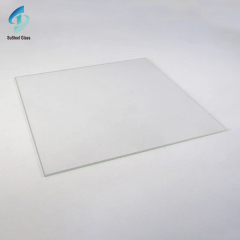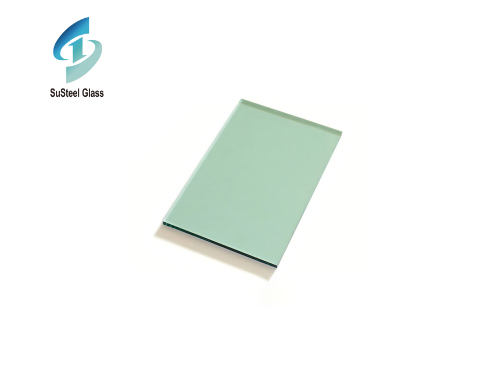Introduction:
Ultra-thin glass has emerged as a groundbreaking material with transformative implications across various industries. Combining the strength and versatility of traditional glass with an unprecedented thinness, this material is redefining the boundaries of design, technology, and manufacturing. This article delves into the characteristics, applications, and future prospects of ultra-thin glass.
Exceptional Thinness: The defining feature of ultra-thin glass is its remarkable thinness, often measuring in micrometers. This characteristic allows for the creation of sleek and lightweight devices without compromising on durability.
Flexibility: Unlike conventional glass, ultra-thin glass exhibits a degree of flexibility, making it suitable for applications where bending or curving is required. This property is particularly advantageous in the development of flexible electronic devices and displays.
Transparency and Optical Clarity: Ultra-thin glass maintains the transparency and optical clarity associated with traditional glass. This feature is crucial for applications in display technologies, where high-resolution and vibrant visuals are paramount.
Applications in Display Technologies:
Foldable and Rollable Displays: The flexibility of ultra-thin glass has opened up new possibilities in the realm of foldable and rollable displays. Mobile phones, tablets, and even larger devices like televisions can now incorporate this technology, providing users with innovative and compact form factors.
Wearable Devices: Ultra-thin glass is instrumental in the development of wearable technology, such as smartwatches and augmented reality (AR) glasses. Its combination of thinness and durability makes it an ideal choice for creating lightweight and comfortable wearable devices.
Transparent Displays: In industries ranging from automotive to retail, transparent displays using ultra-thin glass are being explored. These displays offer the potential for interactive and informational features without obstructing the view behind the glass.
Beyond Displays:
Solar Panels: Ultra-thin glass is finding applications in solar technology, serving as a substrate for thin-film solar panels. Its transparency and durability contribute to the efficiency and longevity of solar energy systems.
Medical Devices: The thin and flexible nature of ultra-thin glass is advantageous in medical devices, particularly in the development of wearable health monitoring devices and implantable sensors.
Challenges and Future Developments:
Durability: While ultra-thin glass exhibits impressive durability, further advancements are needed to enhance its resistance to scratches and impact, especially in applications where the material is subjected to frequent handling.
Manufacturing Techniques: As demand for ultra-thin glass grows, continuous improvements in manufacturing techniques are necessary to ensure cost-effectiveness and scalability.
Environmental Impact: Sustainable manufacturing processes and recyclability considerations are crucial as the use of ultra-thin glass becomes more widespread.
Conclusion:
Ultra-thin glass stands at the forefront of innovation, offering a blend of strength, flexibility, and optical clarity that opens up new possibilities across multiple industries. As research and development in materials science continue, the applications of ultra-thin glass are poised to expand, influencing the design and functionality of future technologies and products.


 Exploring the World of Green Tinted Glass Products: Versatility and Sustainability
Exploring the World of Green Tinted Glass Products: Versatility and Sustainability
 Exploring the Versatility and Elegance of Custom Thick Glass
Exploring the Versatility and Elegance of Custom Thick Glass



